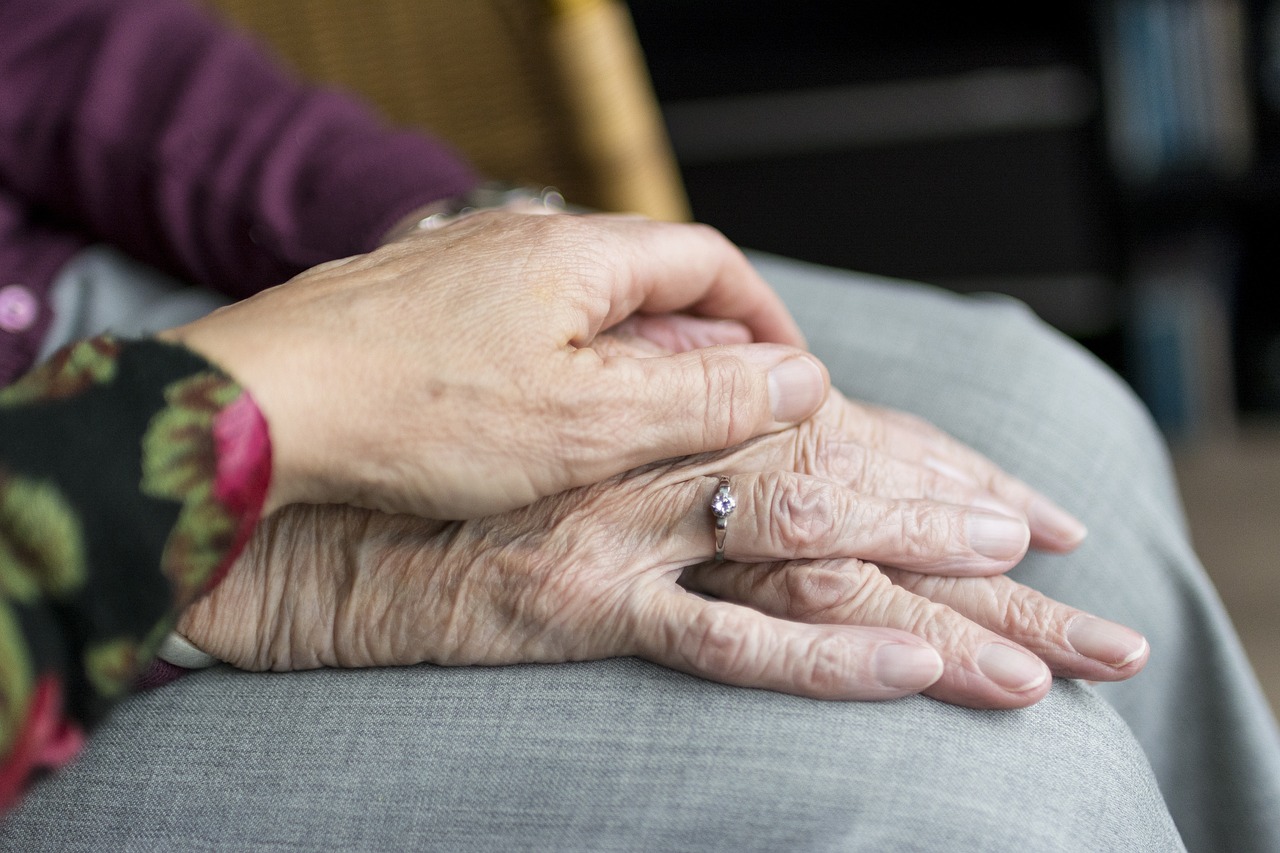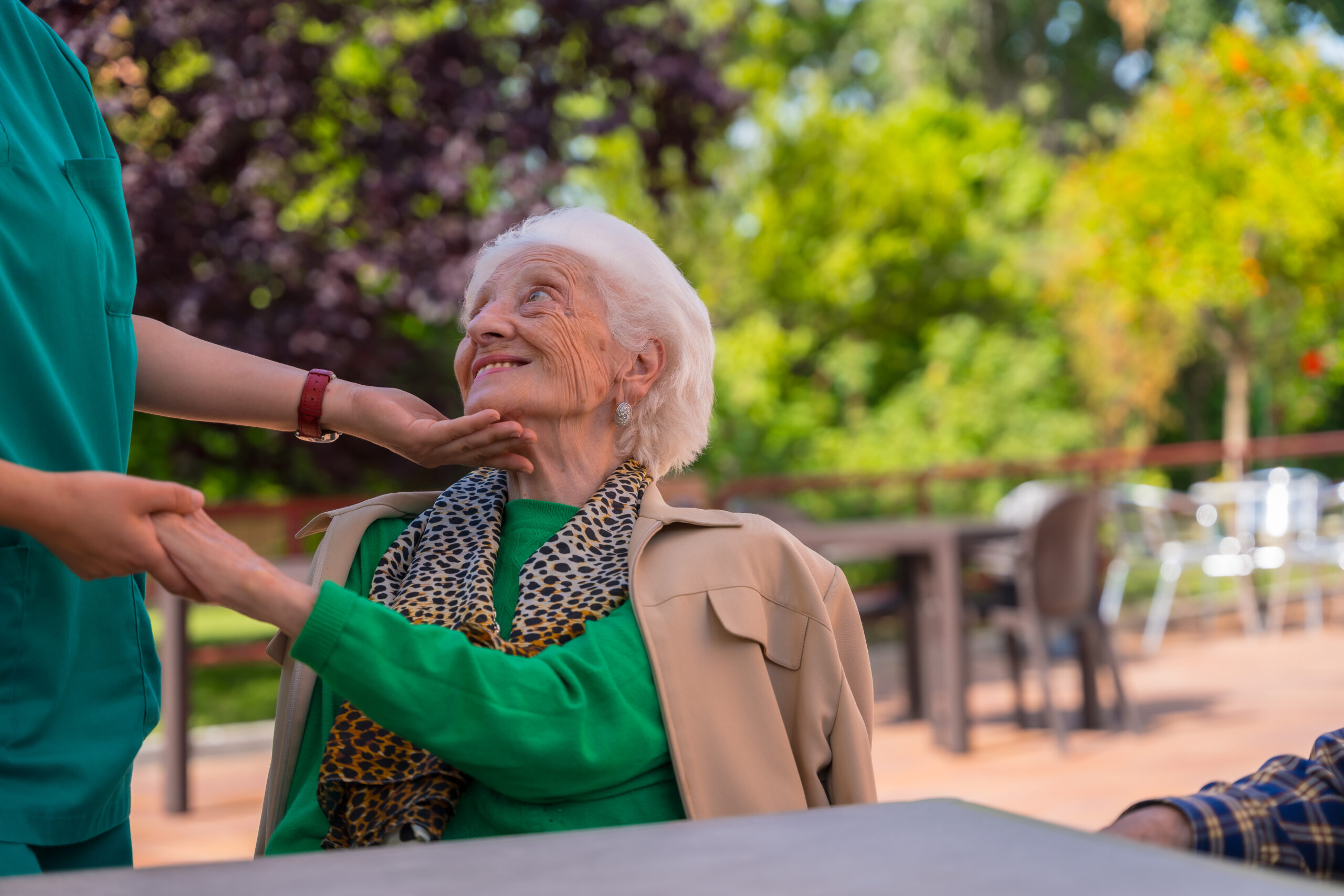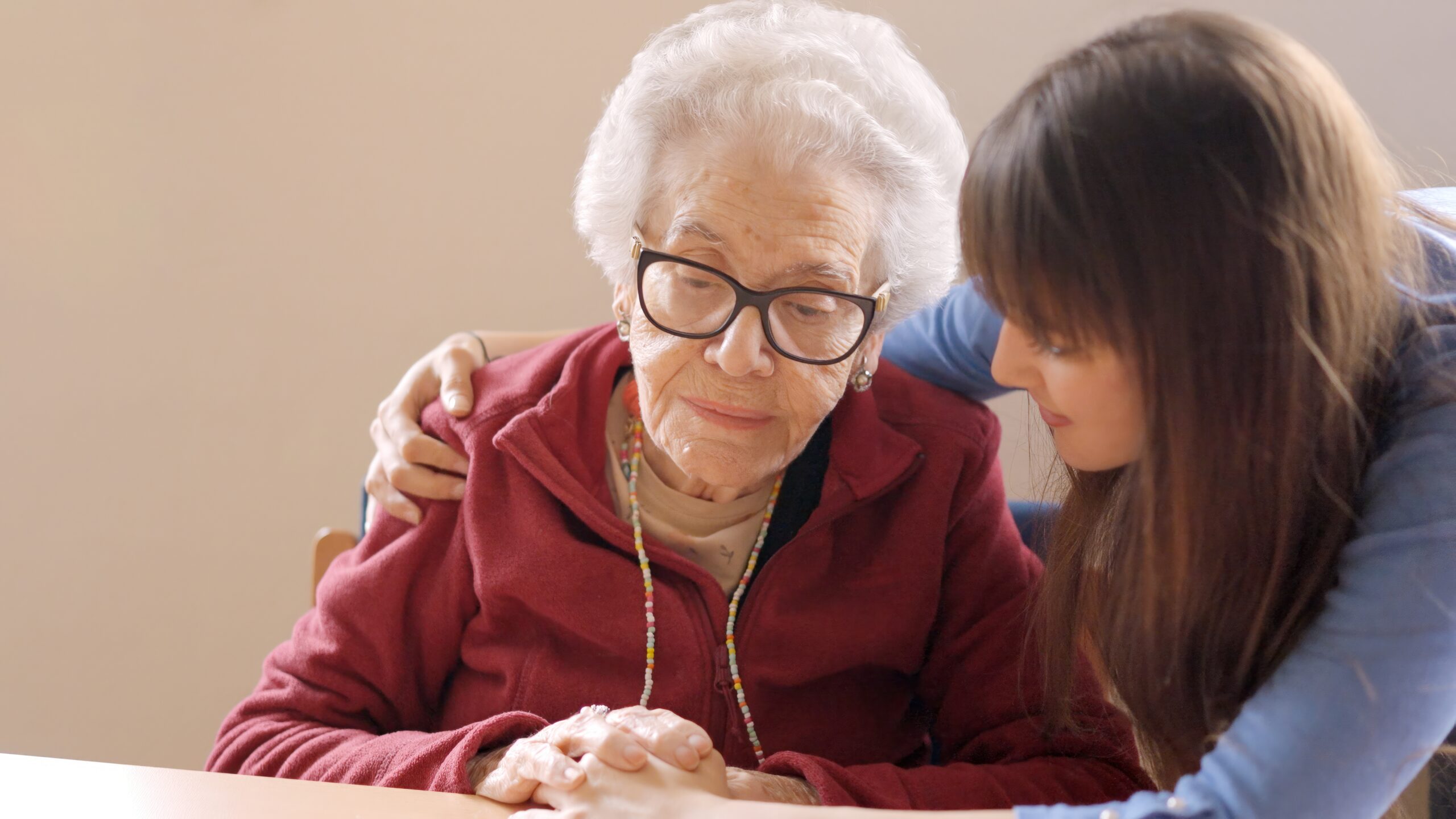
A Boutique Approach to Home Health Care
Experience the difference with our personalized, boutique-style home care. At Paradise, we treat every client like family—because compassionate, one-on-one care is not just our service, it’s our passion.
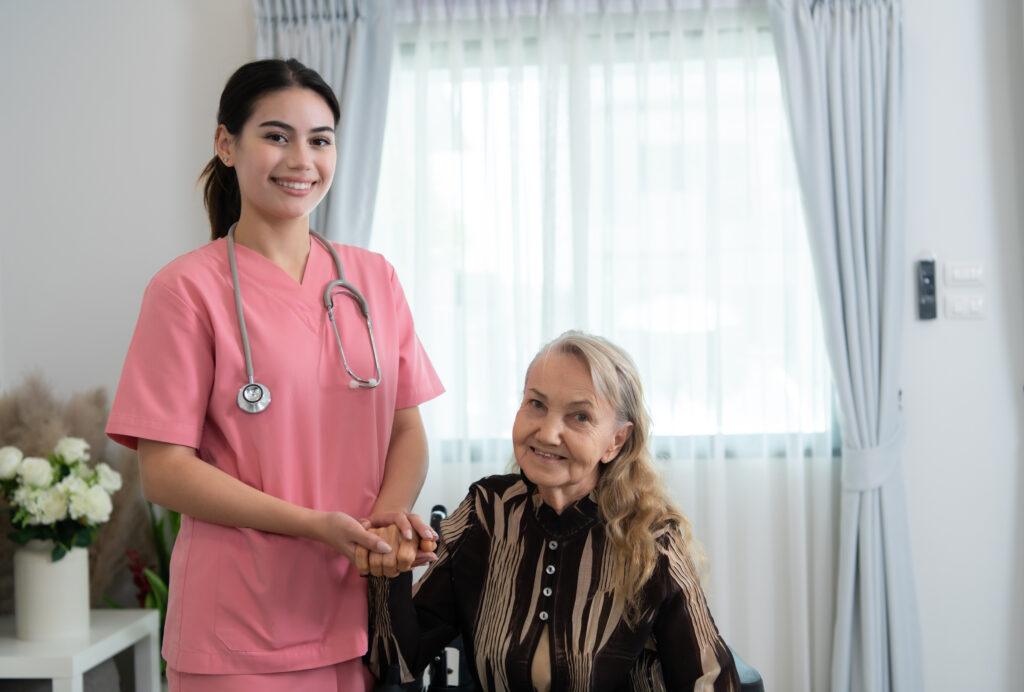
How We Care

Home Health Aides are Screened and Certified
All Home Aides are screened and certified with a level 2 background check. Every Home Health Aide’s credentials are checked to confirm they are trained to be able to properly care for the Senior in your life. This ensures the safety and peace of mind for your loved one.


24 hours of care
Call us today to see what hours are best suited for your loved one. We provide a wide range of options spanning from bath visits to 24/7 care.

Start With Home Care
We have the experience and expertise to help you find the right care. Call us today or fill out the contact form, and a representative from Paradise Home Health Care will contact you.
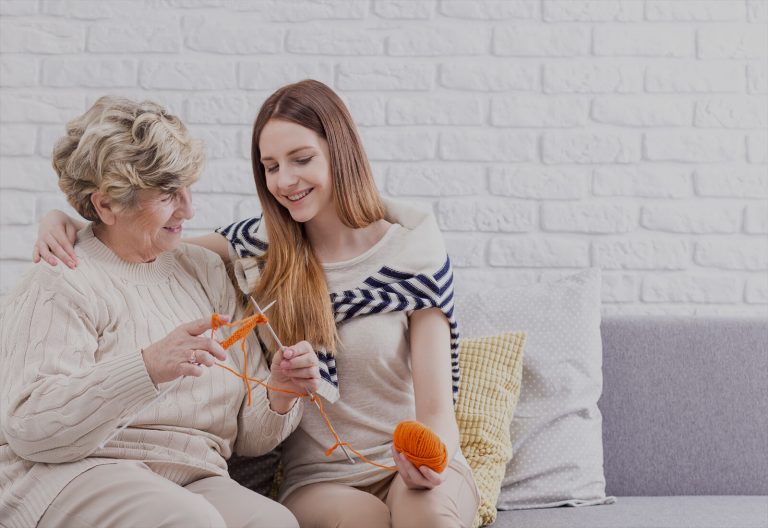
Home Health Aides are Screened and Certified
All Home Aides are screened and certified with a level 2 background check. Every Home Health Aide’s credentials are checked to confirm they are trained to be able to properly care for the Senior in your life. This ensures the safety and peace of mind for your loved one.


24 hours of care
Call us today to see what hours are best suited for your loved one. We provide a wide range of options spanning from bath visits to 24/7 care.

Start With Home Care
We have the experience and expertise to help you find the right care. Call us today or fill out the contact form, and a representative from Paradise Home Health Care will contact you.

Satisfaction is our #1 Priority
Articles

Navigating Dementia with Dignity: Personalized In-Home Support in Boca Raton
When a loved one begins showing signs of dementia, the world can feel overwhelming—for them and for you. The familiar becomes confusing. Simple routines turn into daily challenges. But in...

Staying Connected and Supported: How Seniors Can Thrive During the Holiday Season with Home Care Boca Raton FL
The holiday season is a time when families gather, traditions are honored, and memories are made. For many senior citizens, however, this time of year can also bring feelings of...

Christmas Games That Encourage Safe Movement for Seniors: A Holiday Guide from Paradise Home Health Care
The holiday season is a time of connection, laughter, and shared traditions. For older adults, celebrating Christmas with family can be a wonderful source of joy, especially when activities are...
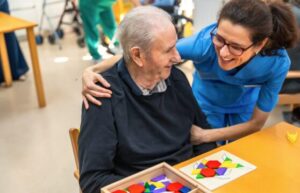
What Is a CSA? How Certified Senior Advisors Support Paradise Home Health Care Clients
If you are helping an aging parent or spouse, you have probably asked yourself more than once, “Where do I even start?” Between safety concerns, everyday tasks, memory changes, and...
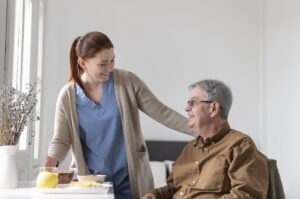
Why Boca Home Health Care Services Are Redefining Aging at Home
When it comes to aging gracefully and safely, environment matters, and few places offer the blend of warmth, community, and convenience quite like Boca Raton. At Paradise Home Health Care,...

Supporting Seniors with Post-Hospital Recovery: The Overlooked Role of Home Health Care in Broward
Hospital discharges may mark the end of acute medical treatment, but they also represent the beginning of a critical recovery window—especially for seniors. For families in South Florida, the need...

Paradise
Home Health Care

24/7 Support
All calls are answered from a member of the Paradise Team
(561) 672 – 7170

Location
Paradise Home Health Care
6421 Congress Ave #204 Boca Raton, FL 33487
Paradise
Home Health Care

24/7 Support
All calls are answered from a member of the Paradise Team
(561) 672 – 7170

Location
Paradise Home Health Care
6421 Congress Ave #204 Boca Raton, FL 33487

